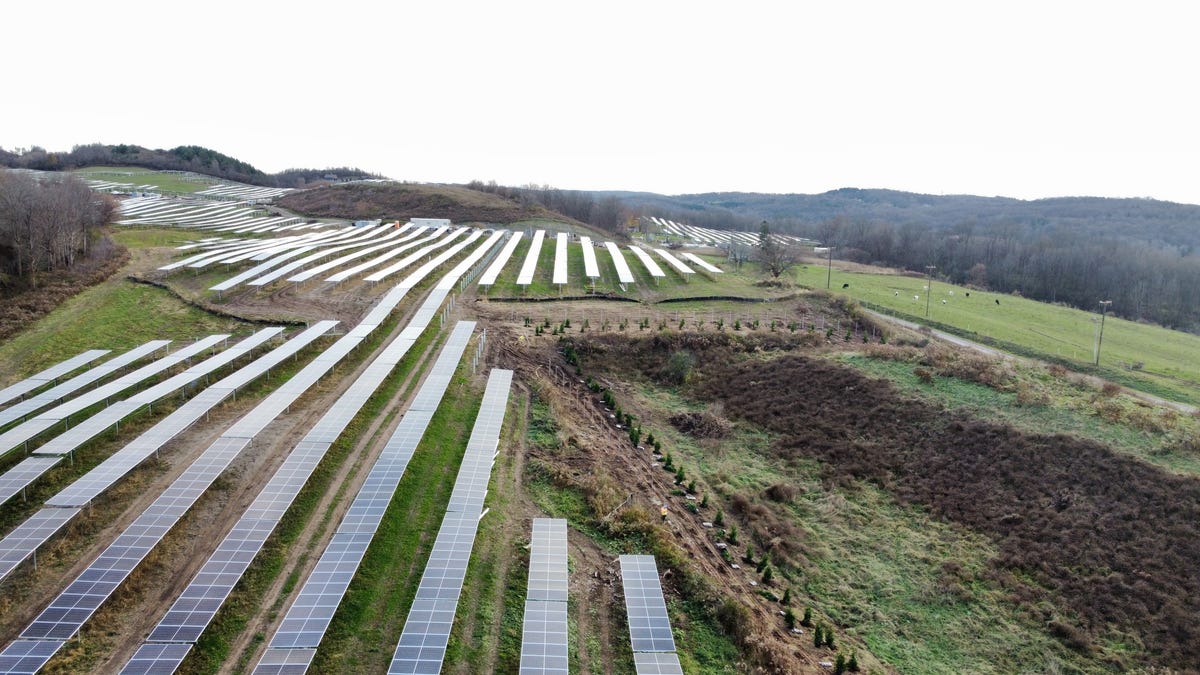Maryland Gov. Wes Moore will pardon thousands of cases of cannabis possession in the state, he announced Thursday.
The governor made the announcement at a Juneteenth event and also announced a new program to increase race-based equity.
In an interview with News4 earlier this week, Moore called these initiatives part of the “work of repair” he said is necessary to address ways communities of color have suffered from the systemic impacts of racism.
Moore announced he’s directing more than $400 million toward historically underserved neighborhoods in Maryland – an effort he said is designed to raise appraisal values and increase homeownership in disenfranchised communities.
Under the JUST Communities program, 419 Census tracts will receive special consideration when competing for state funding.
According to Moore’s office, qualifying communities must have histories of redlining, impacts from highway projects, high state imprisonment rates or unequal exposure to environmental or health hazards. In Montgomery County, 36 communities will receive the designation. In Prince George’s County, 89 will receive it.
Moore is issuing nearly 7,000 new pardons for misdemeanor cannabis convictions. Last year, he signed a clemency order pardoning 175,000 people whose cannabis charges he said posed an unjust barrier to employment.
“This is one of the most aggressive home-ownership pushes for the Black community that we have seen in our state’s history,” he told News4 earlier this week.
Maryland Gov. Wes Moore sits down with News4’s Shawn Yancy to discuss his future as a politician, including whether or not he intends to run for president in 2028.
“It’s about access. It’s about inclusion. And it’s about wealth. Because that is the issue that we’ve got to address when it comes to this work of repair,” he continued. “What are we doing to address wealth and the wealth gap? And I’m really excited that Maryland again is moving more aggressively on this issue of ending the racial wealth gap than any other state in the country.”
The governor has been heavily criticized for vetoing a bill that would have created a commission to study the harms caused by slavery. He said these efforts are designed to help those communities now.






























